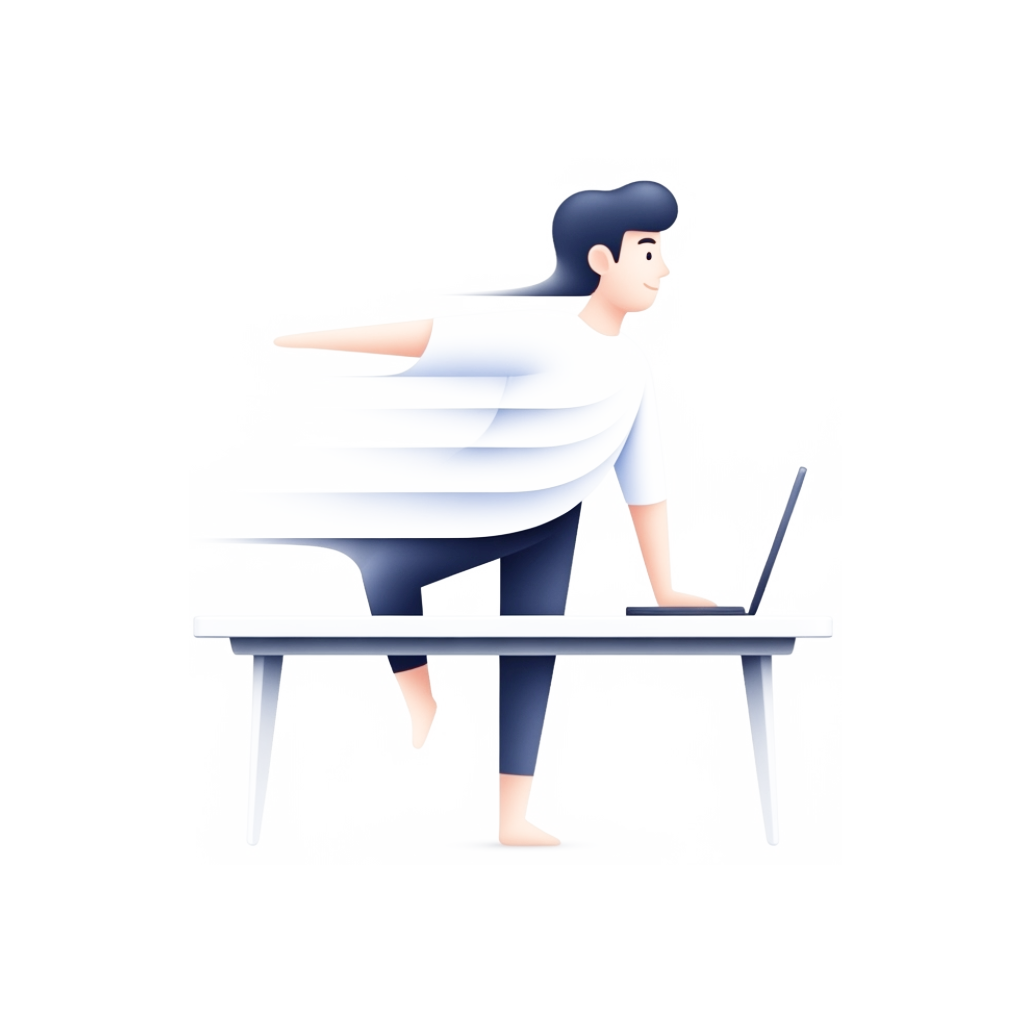Prevent Lower Back Pain from Prolonged Sitting: Tips & Exercises

Prevent Lower Back Pain from Prolonged Sitting: Tips & Exercises
Spending long hours sitting at a desk can lead to uncomfortable lower back pain, but it doesn’t have to be that way. Understanding the causes and adopting the right habits can prevent and alleviate back pain, keeping you productive and comfortable throughout your day. This guide explores expert-backed strategies—including ergonomic adjustments, movement breaks, and specific exercises—to help protect your back while sitting for extended periods.
Why Prolonged Sitting Causes Lower Back PainOur bodies are designed to move, not to stay in one position for hours at a time. Sitting for extended periods can cause muscle fatigue and strain spinal discs.
Poor posture while sitting, such as slouching or leaning forward, adds stress to your spine, ligaments, and muscles, increasing the risk of pain. Additionally, sitting compresses the spinal discs, especially in the lower back, which can lead to discomfort or aggravate existing conditions like herniated discs.
Muscle imbalances due to prolonged sitting, such as tight hip flexors and weakened core or back muscles, can affect posture and place extra pressure on the lower back, contributing to pain.
Ergonomic Tips for a Healthier WorkspaceSetting up your workstation properly reduces strain on your back and promotes healthy posture. Use a chair that supports your natural spine curve, and adjust the height so your feet are flat on the floor or on a footrest, with knees at or slightly below hip level.
Position your monitor about an arm’s length away with the top of the screen at or slightly below eye level to avoid neck strain.
Keep your keyboard and mouse within easy reach with wrists and forearms aligned and shoulders relaxed. Use armrests that support your arms with minimal shoulder strain.
Ensure there is enough legroom under your desk, and avoid storing items that restrict your movement. Padding sharp desk edges and using wrist rests can help prevent contact stress.
Incorporate Movement Breaks and StandingChanging positions regularly is crucial. Aim to stand, stretch, or take a short walk at least every 15 to 30 minutes to reduce back strain and improve circulation.
Using a sit-stand desk or workstation lets you alternate between sitting and standing throughout the day, which has been shown to reduce lower back pain and boost productivity.
Set reminders or use wellness apps with standing notifications to help you remember to take movement breaks consistently.
Effective Exercises to Prevent and Relieve Back PainTargeted stretches and strengthening exercises help support your lower back and improve flexibility. Some effective exercises include:
-
Cat-Cow stretch: promotes spinal mobility and eases tension.
-
Glute stretches: relieve tight hip muscles that affect back posture.
-
Downward Dog: stretches the hamstrings and back.
-
Bird Dog: strengthens core and back muscles that support the spine.
-
Bridges: build glute and lower back strength.
Keeping a yoga mat near your workspace makes it easier to perform these exercises and stretch regularly.
Additional Tips for Managing Back PainApplying moist heat to the lower back can increase blood flow and improve flexibility, helping reduce pain.
Over-the-counter medications such as ibuprofen or acetaminophen can offer temporary relief but should be used cautiously and as directed.
Managing stress through regular physical activity or relaxation techniques can also reduce back pain severity.
If pain persists for weeks, worsens, or is accompanied by other symptoms like leg weakness or numbness, consult a healthcare provider.
Conclusion
Lower back pain from sitting is a common challenge in today’s desk-bound lifestyles. However, by adopting ergonomic practices, taking regular movement breaks, and engaging in targeted exercises, you can protect your back and improve your overall well-being. Our wellness app can support you with personalized reminders for standing and movement breaks to keep your spine happy throughout your day. Embrace these habits and take proactive steps toward a healthier, pain-free back.
Sources:
